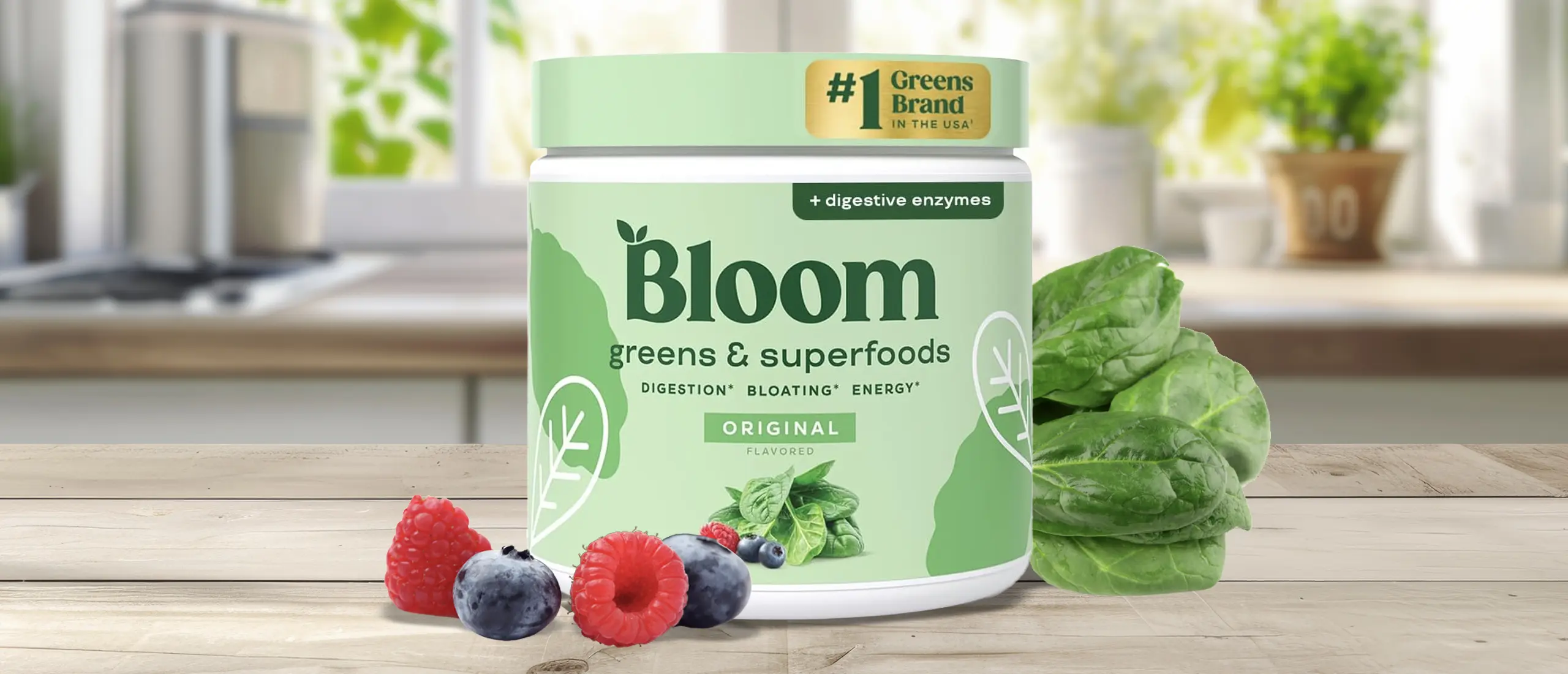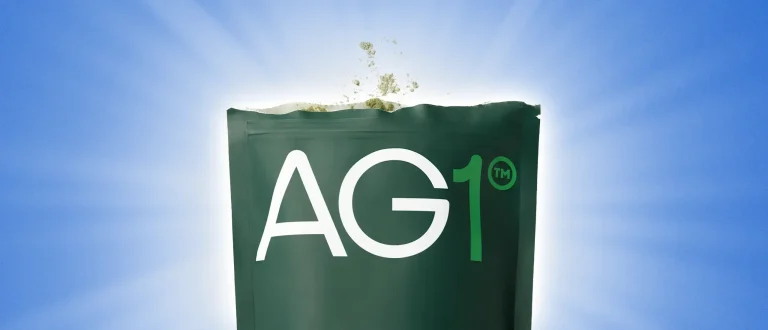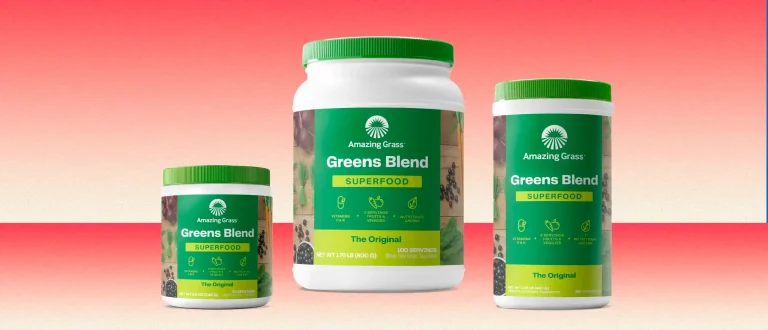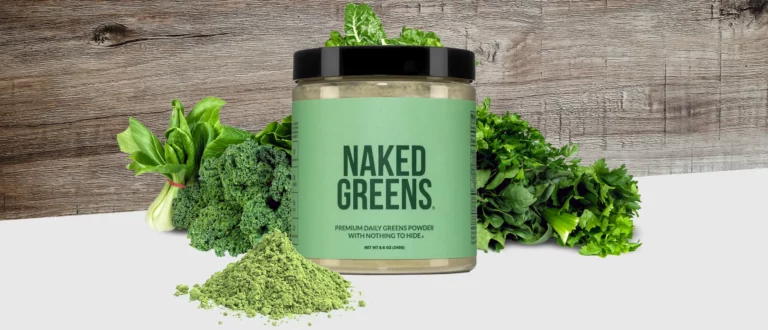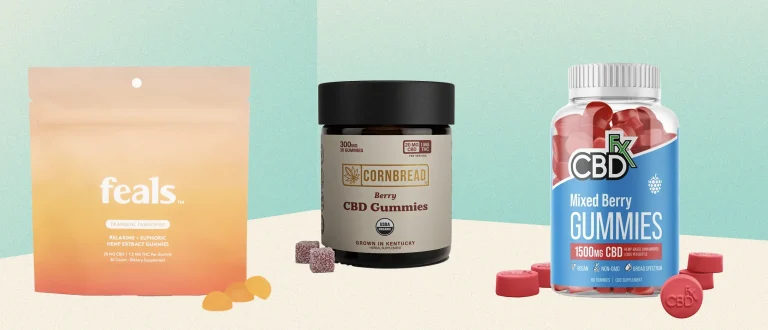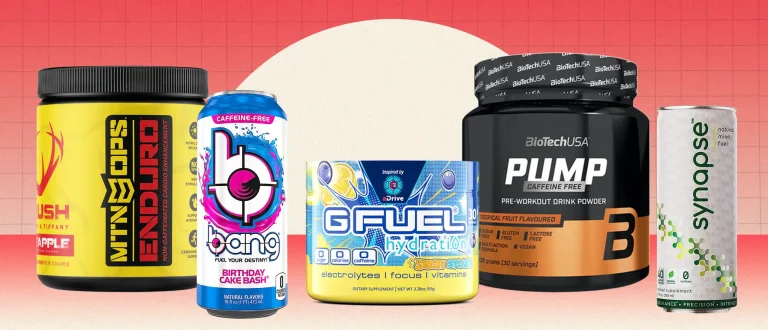Our product recommendations are selected by editors, tested first-hand, or expert-approved. We may earn a commission through links on our site.
Let’s be real: searching for a greens powder is overwhelming. While mixing a serving of veggies into a tasty drink is—in theory—convenient, sifting through tens of pricey subscription options and online-only offerings can be confusing.
I picked up a tub of Bloom Greens, a powder supplement that you can find at most brick-and-mortar grocery stores, and drank a serving each day for a week to test its digestion-supporting claims and taste.
Our Experience
Hone Health is a team of health-obsessed journalists, editors, fitness junkies, medical reviewers, and product testers. To ensure we deliver you research-backed information on Bloom Greens, we’ve reviewed several research studies and well-respected medical pages that explore the legitimacy of its ingredients. Plus, we’ve tried tens of greens powders to give a fair comparison of the taste and value of Bloom Greens.
What Are Bloom Greens?
Bloom Greens is a powder supplement that contains vegetables, fruits, antioxidants, and adaptogens to promote immunity, debloating, and better digestion.
While it may not be as good for you as whole vegetables, it’s a convenient way to boost your intake if you’re bad at including greens in all of your meals like me.
Bloom Greens Ingredients
Bloom Greens contains around 40 ingredients, including a fruit and vegetable blend, antioxidants, digestive enzymes, pre and probiotics, and adaptogens, in each five-gram serving. The powder is also sweetened with stevia leaf extract. While the brand doesn’t disclose the amount of each ingredient—which can be inconvenient if you’re trying to get more of a specific one—this is what you can find in a scoop of Bloom Greens:
Fiber blend: Getting enough fiber is essential for healthy digestion (1). Bloom Greens contains about 1.6 grams (g) of fiber per serving in the form of chicory root, flaxseed, and apple fruit powder.
Green superfood blend: A scoop of Bloom packs 1.4 g of what the brand calls “superfoods,” including barley, spirulina, wheatgrass, and chlorella powders.
Pre and probiotic blend: Sewing your gut with plenty of pre and probiotics keeps your microbiome healthy, leading to better digestion and less stomach upset (2). Bloom has 648 milligrams (mg) of the prebiotic blue agave inulin and probiotics Bifidobacterium and Lactobacillus.
Fruit and vegetable blend: Each serving of Bloom Greens contains 572 mg of carrots, beetroot, kale, blueberry, spinach, broccoli, and ginger.
Antioxidant beauty blend: Antioxidant-rich foods like cranberry, tart cherry, goji berry, and matcha may combat free radicals that contribute to aging (3). Bloom Greens contains 550 mg.
Digestive enzyme blend: Bloom Greens contains 150 mg of digestive enzymes like amylase and cellulase to support the digestion of fruits and vegetables.
Adaptogenic blend: You’ll find 100 mg of adaptogens like licorice root, ashwagandha, and Rhodiola, which are thought to improve anxiety, stress, and fatigue (4).
Each five-gram scoop of Bloom Greens contains 15 calories and 3g of carbohydrates (including 2g of dietary fiber).
MORE GREENS
What’s Good About Bloom Greens
Mess-free packaging
Unlike many greens powders that come in a resealable pouch—complete with a scoop that you have to dig out of a few inches of product every time—Bloom is packaged in a plastic container with a twist-off lid. The plastic scoop was perched right on top of the powder, but I can imagine that this isn’t always the case.
I enjoyed the plastic container since it didn’t require getting powder residue up to my wrist when I reached the bottom.
Fair price point
At $40 for a container of 30 servings, each scoop works out to be around $1.33. Compared to AG1—the leading greens powder that costs a whopping $3.63 per serving—it’s a steal.
Tons of flavor options
One can only tolerate so much ground-up veggie powder, disguised only by a generous amount of Stevia. Bloom Greens has seven different flavors—coconut, mango, strawberry kiwi, berry, citrus, orange passionfruit, and original—that can enhance all types of smoothies.
Easily accessible
Bloom Greens is consistently the only mainstream greens powder brand I spot every time I go to Target, Walmart, or the grocery store. While some greens powder fanatics are good with a mail subscription, it’s nice to be able to pick up a new package as soon as you run out.
What’s Not Good About Bloom Greens
Hello, bloating
The number one benefit I look for in a greens powder is digestive support. I had high hopes for Bloom since it advertises digestion and bloating benefits dead center on its packaging. However, that was not the case.
Within an hour of taking Bloom Greens, I was visibly bloated and uncomfortable—even though I confirmed that none of my personal triggers or allergens were in the ingredients.
After a bit of research, it appears that maltodextrin, a powder made from concentrated plant starches that is included in the ingredients of Bloom, induces bloating in many people (5).
Overwhelmingly sweet
Compared to other Stevia-sweetened greens powders I’ve tried (like Primal Greens), the original flavor of Bloom Greens is almost sickeningly sweet. When mixed with water alone, I had a hard time chugging the mixture.
To remedy this, I mixed the powder into a smoothie with vanilla protein powder and frozen berries. But I could still detect the overbearing sweetness through the other flavors.
Gimmicky marketing
My number one pet peeve in my search for a legit greens powder to supplement my daily veggie intake can be boiled down to one word: superfoods.
For the uninitiated, “superfood” is an unregulated marketing term that brands use to describe all sorts of foods—from run-of-the-mill apples and carrots to fancy tropical fruits, mushrooms, and adaptogens. The label doesn’t imply greater, research-backed health benefits.
The Competition
AG1:
The most widely known (or advertised, thanks to some of our favorite health podcasts) greens powder is much more expensive than Bloom.
This powder sits at a similar price point to Bloom, but is easier to digest and tastes better.
Garden of Life greens powder is slightly more affordable than Bloom, but has an earthy flavor and is hard to mix.
These greens are the same price as Bloom but with fewer ingredients and no adaptogens.
Slightly less expensive than Bloom, with similar ingredient marketing pitfalls.
This powder comes in a twist-off container, like Bloom. However, it is easier to digest.
The Bottom Line
If you’re looking for a fairly priced greens powder that you can pick up at your local grocery store, Bloom Greens is worth a shot. But if you are turned off by very sweet foods, you should pass on this one.
- Effects of Dietary Fiber and Its Components on Metabolic Health.
- Lactobacillus acidophilus and Bifidobacterium longum supernatants upregulate the serotonin transporter expression in intestinal epithelial cells.
- Antioxidants in Age-Related Diseases and Anti-Aging Strategies.
- Effects of Adaptogens on the Central Nervous System and the Molecular Mechanisms Associated with Their Stress—Protective Activity.
- Maltodextrin, Modern Stressor of the Intestinal Environment.

